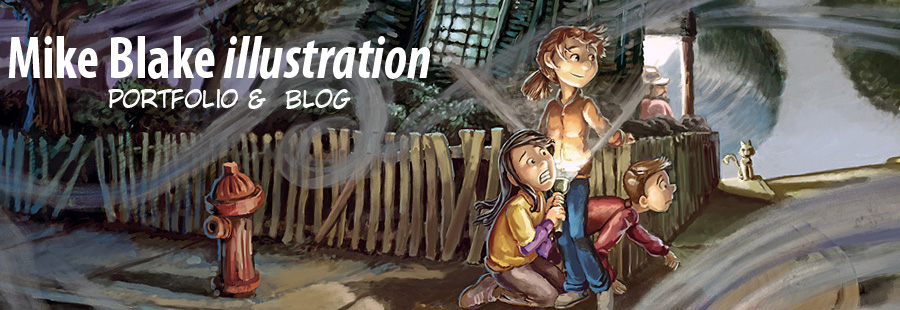7/4/2014 UPDATE: MAKE SURE TO READ MY NEW BLOG POSTS ON POSTER PAINT:
Blog Post from 4/1/10:
Yesterday, "
The Art of Ponyo," arrived. I read it cover to cover. As with most Ghibli movies, I was fascinated with the detailed backgrounds and especially the vibrant child-like colors in Ponyo. After finishing the book, I was immediately surprised to find out that Ghibli hadn't used watercolors after all (like the rumors I had heard). Nor had they used Gouache or acrylic paint. They had used poster paint for Ponyo. Not only that, but as I researched further I found out poster paint had been used for EVERY GHIBLI MOVIE BACKGROUND EVER MADE!!!
GAH! POSTER PAINT? For at least a year I have been attempting to understand how Kazuo Oga works (Oga is a background artist for Ghibli, well known for My Neighbor Totoro) .

Kazuo Oga is a master of depicting lifelike vibrant nature scenes, which bring Hayao Miyazaki's movies to life.


Based upon my limited knowledge and what I could gather from the pictures, I originally assumed Oga used acrylic paint. Investing in an expensive brand of paints, they proved to be vibrant enouph, but the paint dried so fast I couldn't get any of the effects I desired. This congested mess resulted:

I virtually gave up on acrylics for awhile, assuming I would have to be a master like Oga. Moving on I tried opaque watercolor and assumed satisfaction would be found...

The result was closer, but as time passed I ruled it out. At this point, I have tried virtually every kind of traditional paint only to find out that he uses... poster PAINT!? (and most Japanese animation companies as well.) Sigh.... After more research I learned that America uses mostly Gouache for their backgrounds, and some older animation actually used watercolor (Lilo and Stich brought this back in the present). Gouache is ok, but can be frustrating, and watercolor would be near impossible to achieve Ghibli backgrounds.
After digging, I found that Ghibli uses "Nicker Poster Colour", a poster paint that is higher grade than what is available in the U.S.. The company who produces it originates in Korea. Nicker Poster Colour is available on Amazon Japan to buy, but will not ship to the states.
According to the good folks at
Conceptart.org this is what Oga had to say regarding his artwork:
"Basically, I use poster- color. Because as we have to paint much, we can't use expensive paint. Poster colors can show brightness or depth of color and, above all, it is easy-to-use. Talking about brushes, I use only two kinds of brushes, hira-fude (flat brush) and sakuyo-fude (pointed brush). For example, a sky or feathering clouds, misty distant mountains, rocks, plants… everything rough is done only by this large hira-fude. Old TV series anime used to be done in this way only. The last finish is done by sakuyo-fude carefully. I paint leaves roughly with hira-fude and add a few detailed leaves on it. Which is enough because the backgrounds of anime are shown only 3 or 4 seconds."
And according to a person who visited a Japanese studio, as recorded at
Huitula.com, all Japanese utilize similar processes for background animation:

"
Usually the works are being painted on just barely bigger paper than standard A4-paper, Nicker Poster Colour used with about 30 different colors in bottles. On a wet paper first the basic color surfaces and tones are being painted with a bigger brush, after which you move on to smaller details little by little. Also the straight lines are being painted with a brush, taking support from a ruler and a stick gliding on its groove. A paintbrush is used only very seldom to achieve some certain effects, still most of the painting is done with a traditional brush. Hair-dryers are also being used for drying the painting when needed."
Actually for Ponyo it utilized a combination of Poster paint and colored Pencil. Here is excerpts from the artbook:
Noboru yoshida, Art Director for Ponyo stated,"Usually I use poster paint to create the backgrounds; then I color the base in a pale color, adding subtle hues and shading on top of it. This time, with Ponyo, I added things like tints or detailed expressions with colored pencil on top of what I drew with poster paint..." He goes on to explain much more detail on pg 88 (other useful information about their unique process) but I will leave it out so you will go buy the book. ^_^
Okay, so now that I am done ranting, here is a SUPER amazing video:
http://www.youtube.com/watch?v=sw6htaSNaJc
(video of Oga painting...with POSTER PAINTS.)
[Edit: 7 November 2011 Cleaned up text and clarified some points]

















